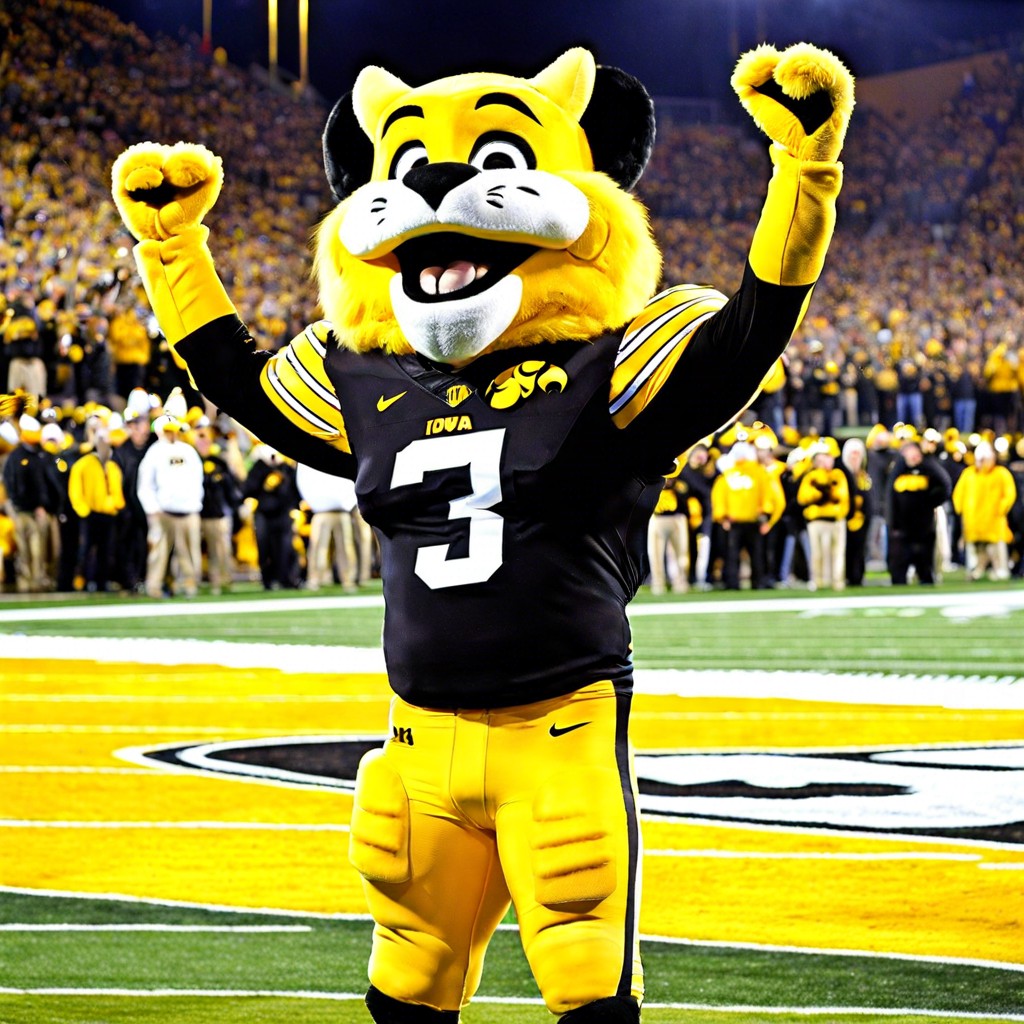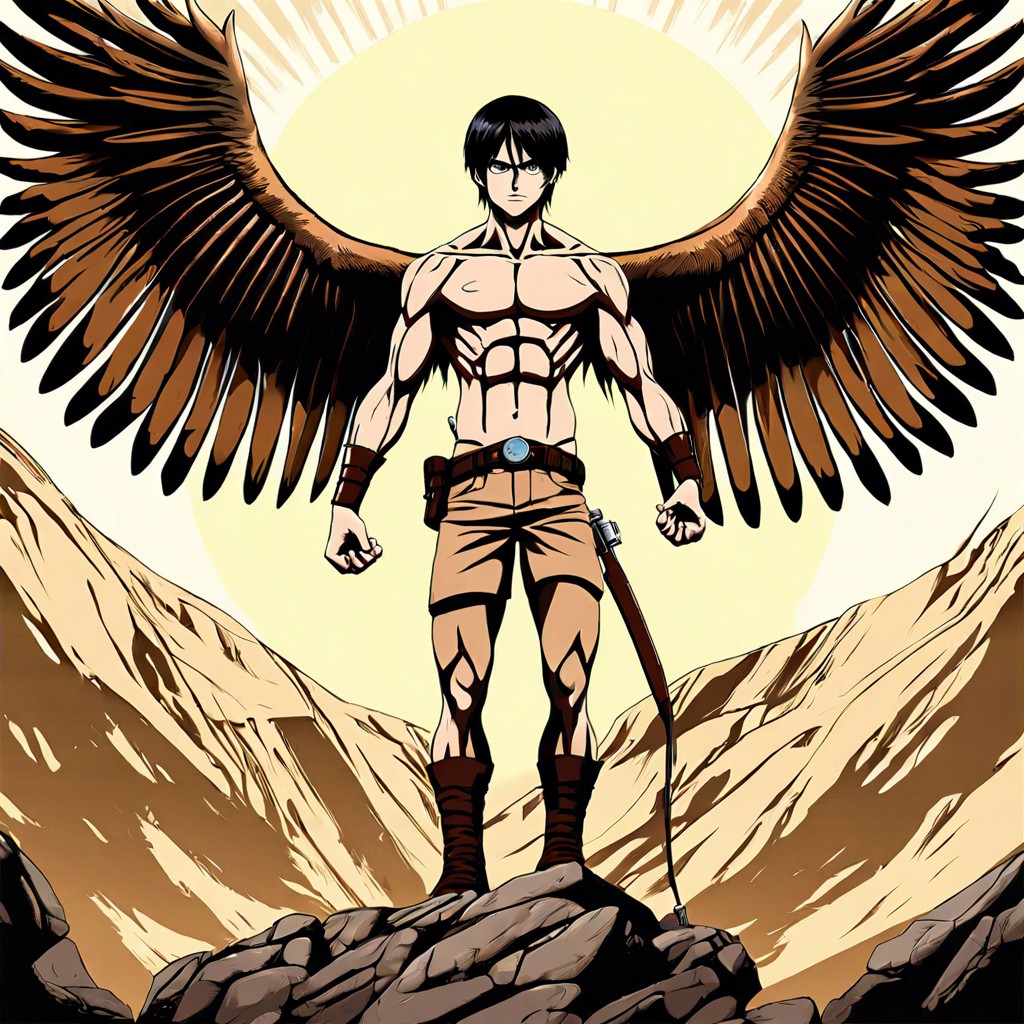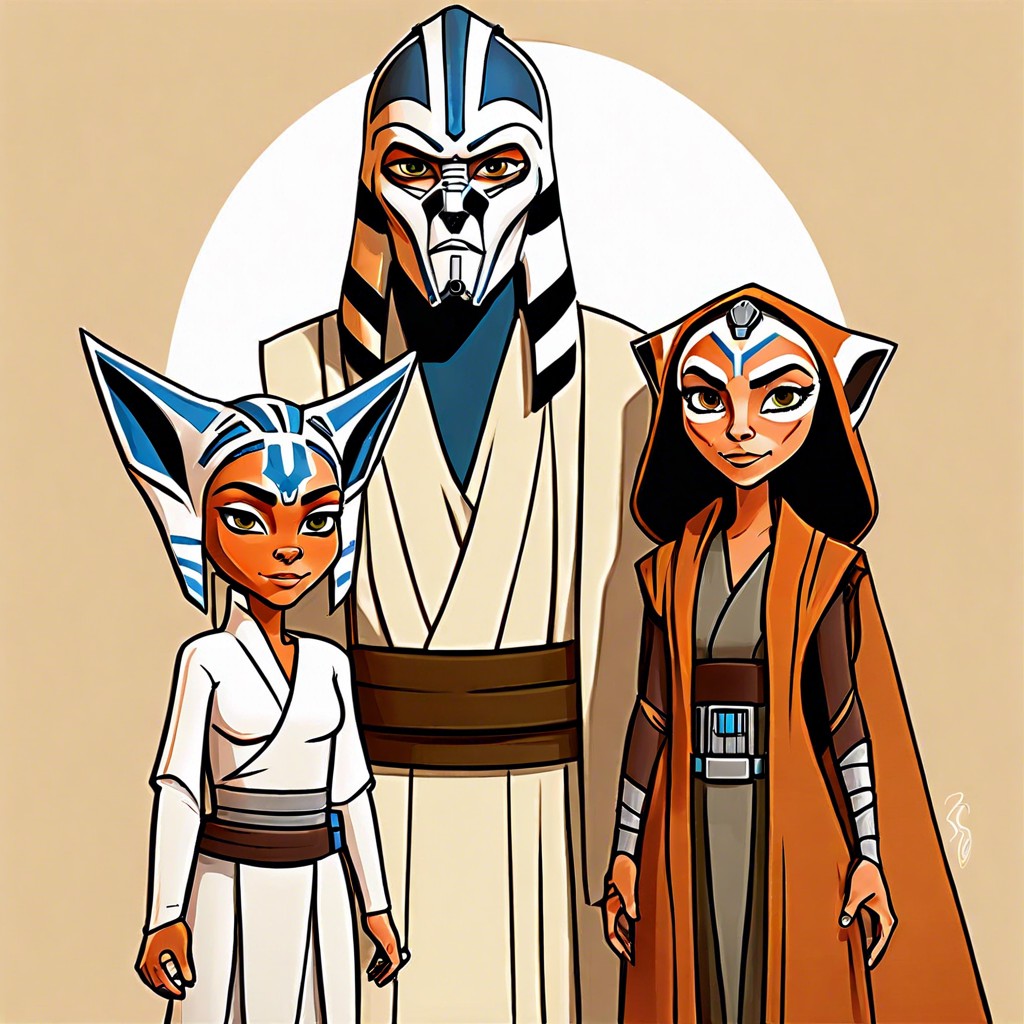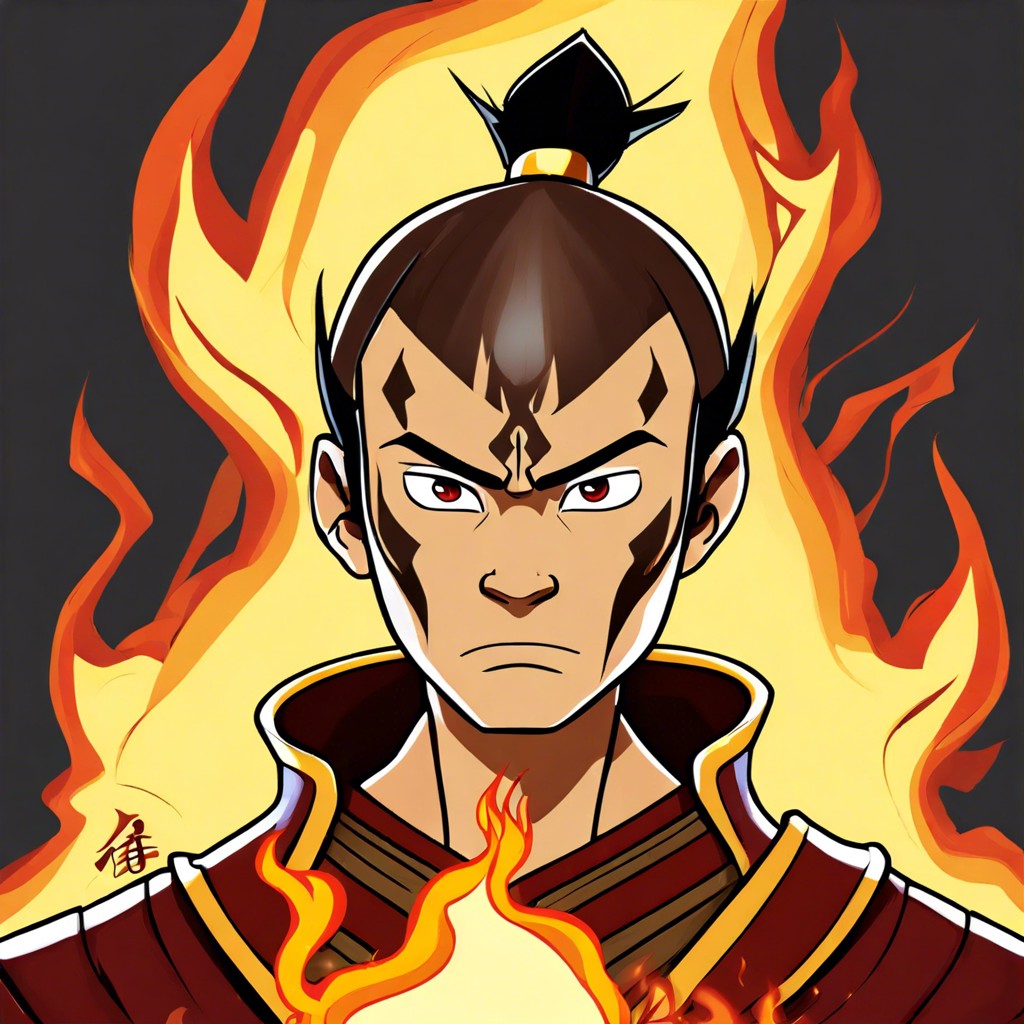Imagine the uproar if Big Bird had been on the Challenger during its fateful launch—this article examines the hypothetical fallout from such a surreal scenario.
Imagine a world where Big Bird was the feathered face of space exploration. In an alternate universe, our favorite eight-foot bird narrowly missed a tragic role in the Challenger disaster. But what if he hadn’t? Dive into the wormhole of what-ifs, media mayhem, and wild consequences as we unravel the fantastical flight that never was. Buckle up, because things are about to get avian-odd.
Key takeaways:
- Alternate reality: Big Bird in space, Challenger disaster
- Big Bird for STEM education: float in zero gravity
- Children’s trauma: mourning Big Bird, media sensation
- Sesame Street backlash: educational setbacks, public perception
- Long-term effects: space education evolution, cosmic mascots
Historical Context of the Challenger Disaster
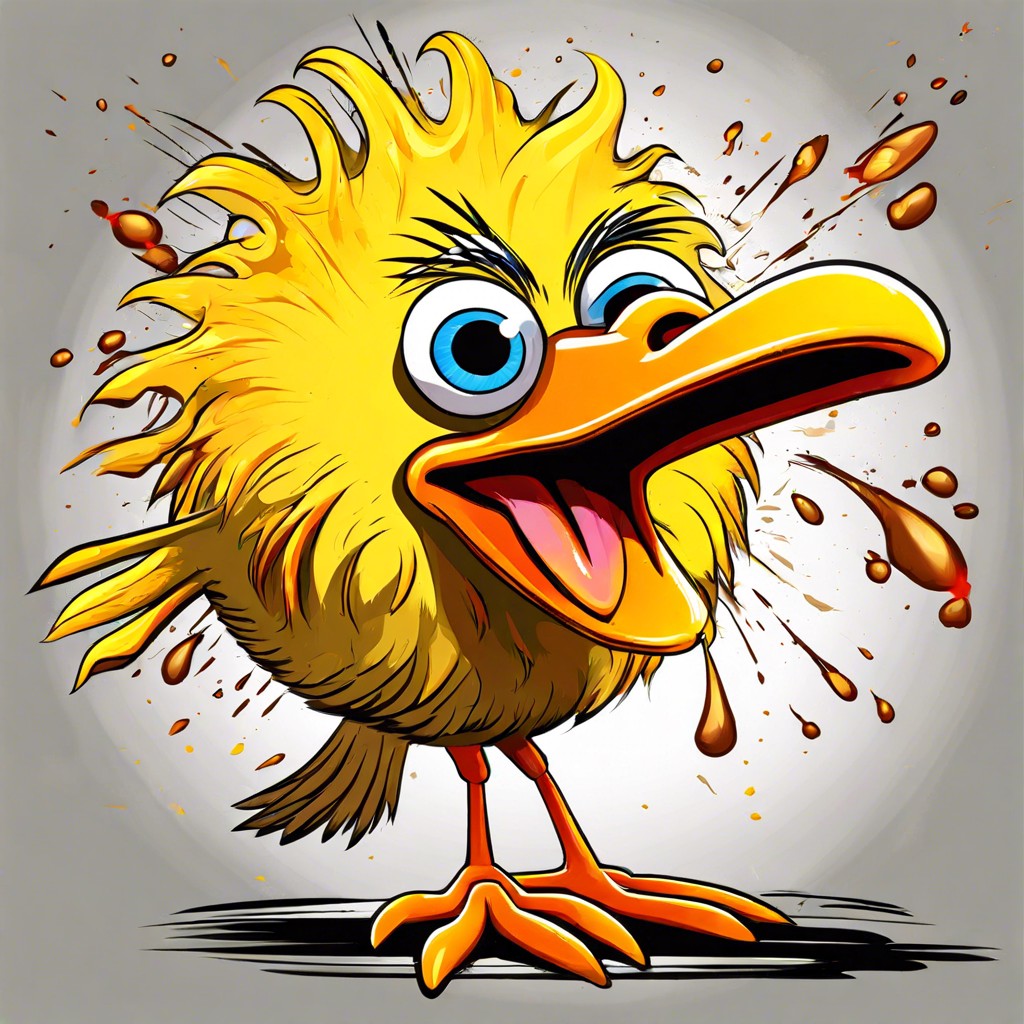
The Challenger disaster on January 28, 1986, was a pivotal moment in space history. The space shuttle broke apart just 73 seconds after liftoff, leading to the tragic loss of seven astronauts.
Think of it as the space era’s version of the Titanic—except instead of an iceberg, it was a catastrophic O-ring failure. The shuttle was meant to be a leap forward for NASA, a comeback tour if you will.
One significant aspect was its diverse crew, including Christa McAuliffe, who would have been the first teacher in space. Providing a relatable face to space exploration was key to its public appeal.
The disaster affected shuttle program confidence and grounded missions for nearly three years. It prompted a thorough reevaluation of NASA’s safety protocols.
This context sets the stage for the wild hypothetical of adding a gigantic feathered friend to the mix. Think feathers floating in zero gravity—wild, right? Stay tuned.
Big Bird’s Intended Role and Impact On the Mission
Kicking it off, Big Bird was more than just an oversized, yellow feathered superstar from Sesame Street. The idea wasn’t as far-fetched as it sounds. The plan was to engage young minds in science, technology, engineering, and math (STEM).
First, envision kids across the world glued to their screens, watching their favorite bird float in zero gravity. Voilà, you’ve got millions of budding scientists right there.
Second, imagine the educational programs. Big Bird would’ve been beaming down from space, making complex concepts as simple as ABC. Real-time learning, direct from the final frontier.
Third, think about the PR dream. NASA and Sesame Street together. Wham! The boost in public interest and support for space exploration would’ve been astronomical.
Finally, the mission’s heart: storytelling. Big Bird’s space adventure was designed to inspire children, fostering a sense of wonder and curiosity about the cosmos. Little minds ready to soar, just like a certain gigantic, yellow bird.
Hypothetical Consequences of Big Bird’s Involvement
Imagine a giant yellow feathered friend floating among the stars. Sounds cute, right? But let’s dive into what could have happened if the iconic Big Bird had been on board.
First off, the psychological impact on children would have been monumental. Instead of mourning seven astronauts, the nation would also grieve a beloved childhood character, possibly causing widespread emotional trauma to young viewers.
Then, consider the media frenzy. The vibrant feathers of Big Bird would have overshadowed every news headline. The newspapers wouldn’t just talk about the catastrophe; they’d show an explosion of color—literally.
Educational programs, particularly those funded by NASA and related to space exploration, could have suffered major setbacks. Parents might have associated space missions with danger and risk, leading to a significant decline in public support for future missions.
Lastly, Sesame Street itself might have faced backlash or possibly even a temporary halt in production. Fans would demand answers. Think of the conspiracy theories! JFK’s got nothing on Birdgate.
Exploring these hypotheticals, we see the ripple effect one costume could have on history. While it’s morbidly fascinating, it also underscores the profound connection between our heroes—real or feathered—and our perceptions of safety and adventure.
Public and Media Reaction to the Hypothetical Event
Imagine the headlines: “Big Bird’s Space Adventure Ends in Tragedy.” The media would have had a field day, creating a surreal blend of tragedy and absurdity. News anchors would struggle to balance the tone between reverence and disbelief.
Parents would face the delicate task of explaining to their children why their beloved feathered friend from Sesame Street was involved in a catastrophic space mission. Kids might not understand the intricacies of space travel, but they’d certainly grapple with the bizarre nature of Big Bird’s fate.
Late-night shows would likely mix dark humor with poignant moments. The blend of comedy and tragedy, while controversial, would reshape how we discuss space disasters.
Cartoonists and satirists would create comics depicting Big Bird as a hero, turning the tragedy into an oddly comforting narrative. This would undoubtedly affect public sentiment, providing both a coping mechanism and a new form of storytelling.
Potential Long-term Effects On Space Exploration Education
Imagine the national curriculum suddenly includes lessons titled “Astronauts and Giant Feathery Friends.” The loss would turn into an odd, yet sincere homage. Education would pivot in quirky ways. First off, we’d likely see a surge in interest in space from younger children—a fluffy, yellow cosmic hero has its charm. This could make STEM education as appealing as recess.
Moreover, space missions might adopt mascots to keep public interest piqued. Who wouldn’t want to see an interstellar sloth floating around?
Lastly, funds for space education might skyrocket. Think of universities offering scholarships for those wanting to study space travel safety and… puppetry. Oh yes, the Muppets might find themselves as unofficial ambassadors for NASA.
So, the long-term impact? A bizarre blend of tragedy and whimsy with kids daydreaming about reaching for the stars with feathers in tow.
